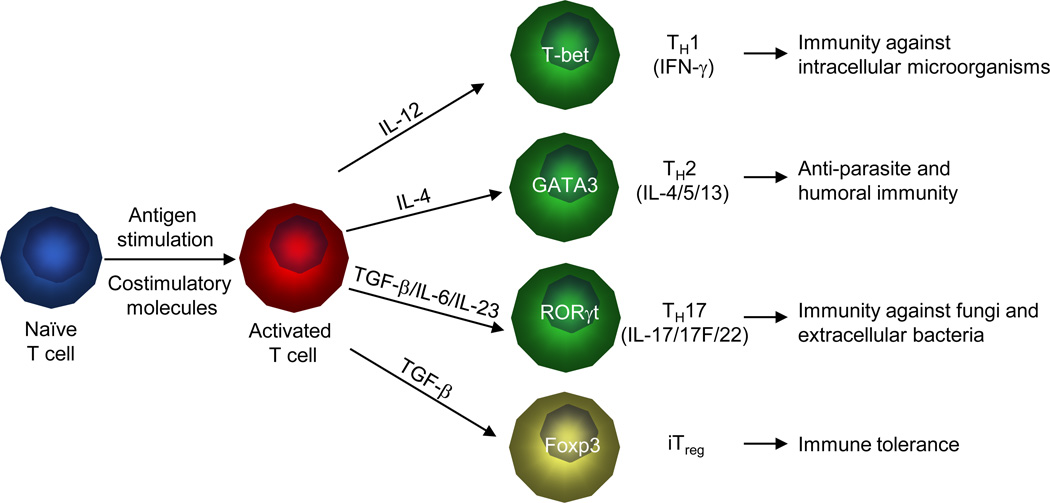Figure 1. T cell lineage commitment and function.
Upon encountering foreign antigens and costimulatory molecules presented by DCs, naïve CD4+ T cells can differentiate into TH1, TH2, TH17 and iTreg cells. These differentiation programs are mainly shaped by cytokines produced by DCs and are characterized by the expression of lineage-specific transcription factors and production of signature cytokines. IL-12 is important for the differentiation of TH1 cells with an important function in host defense against intracellular pathogens. In response to IL-4, naïve T cells differentiate into TH2 cells, which play a crucial role in anti-parasite and humoral immunity. TGF-β together with IL-6 and IL-23 instruct naïve T cells to develop into TH17 cells that mediate immunity against fungi and extracellular bacteria. In the absence of inflammatory cytokines, TGF-β promotes naïve T cells to differentiate into Foxp3-expressing iTreg cells for the maintenance of immune tolerance.

